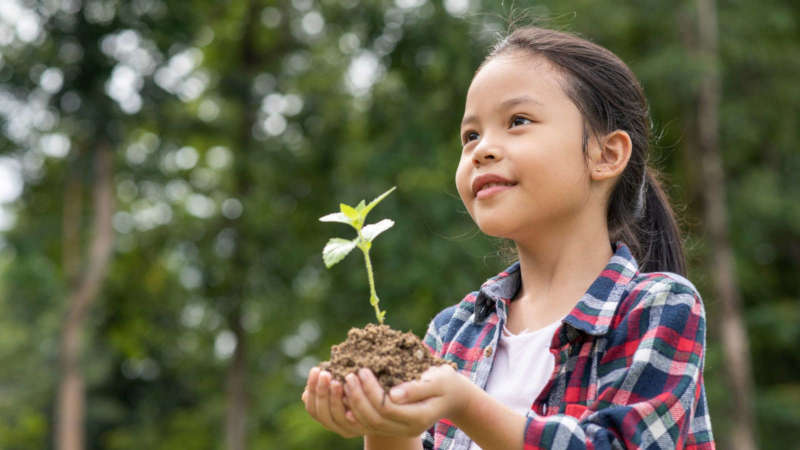
freepik.
The arboreal component acts in several spheres of life on the planet. The urgency of preserving natural forests is an aspect that draws a lot of attention from society in general. However, we must not forget to value the performance of trees in the anthropic environment, urban and rural.
In cities, their benefits are more easily perceived, as they bring beauty, shelter for fauna, shade, etc.
In rural areas, on the other hand, this equation is more complex. Trees are often seen as limiting the efficiency of agricultural systems, disregarding the fact that they can act very efficiently in the diversification of different productive systems on rural properties (forestry and agroforestry systems). Moreover, they are the only way, in most landscapes (except landscapes of fields), for the recomposition of permanent preservation areas and for the implementation of legal reserves and their surroundings.
In these rural areas, the tree component becomes more important, the greater the environmental fragility of local landscapes. Trees may enable the minimally expected environmental services of these landscapes, especially those associated with the regulation of the hydrological cycle and the slowdown in the loss of sediments and nutrients from anthropized areas (erosion of agricultural crops). On a terrace cultivation, the insertion of trees (not randomly, but logically), will allow the fluvial forests (permanent preservation areas) to also maintain their efficiency in protecting surface water resources and as corridors for fauna and flora, uniting larger fragments of natural vegetation (such as legal reserve areas). This mathematics, although simple (which does not mean easy to implement), generates significant conflict: misinformation travels faster than common sense, where practices that can bring a better quality of life to the entire population of a region are not considered.
Finally, let’s remember that trees have a plasticity of adaptation that allows them to be introduced in lands (soils) where more intensive agriculture (especially grain agriculture, with a strong component of mechanization in its various stages) is not feasible, such as on shallow, stony, and very sloping soils.
Let our landscapes have more and more trees, and as already mentioned, let them are in their natural habitats, in cities and coherently inserted in rural productive activities.
João Bosco Vasconcellos Gomes – Agronomist EMBRAPA and member of the Council of IRN.
